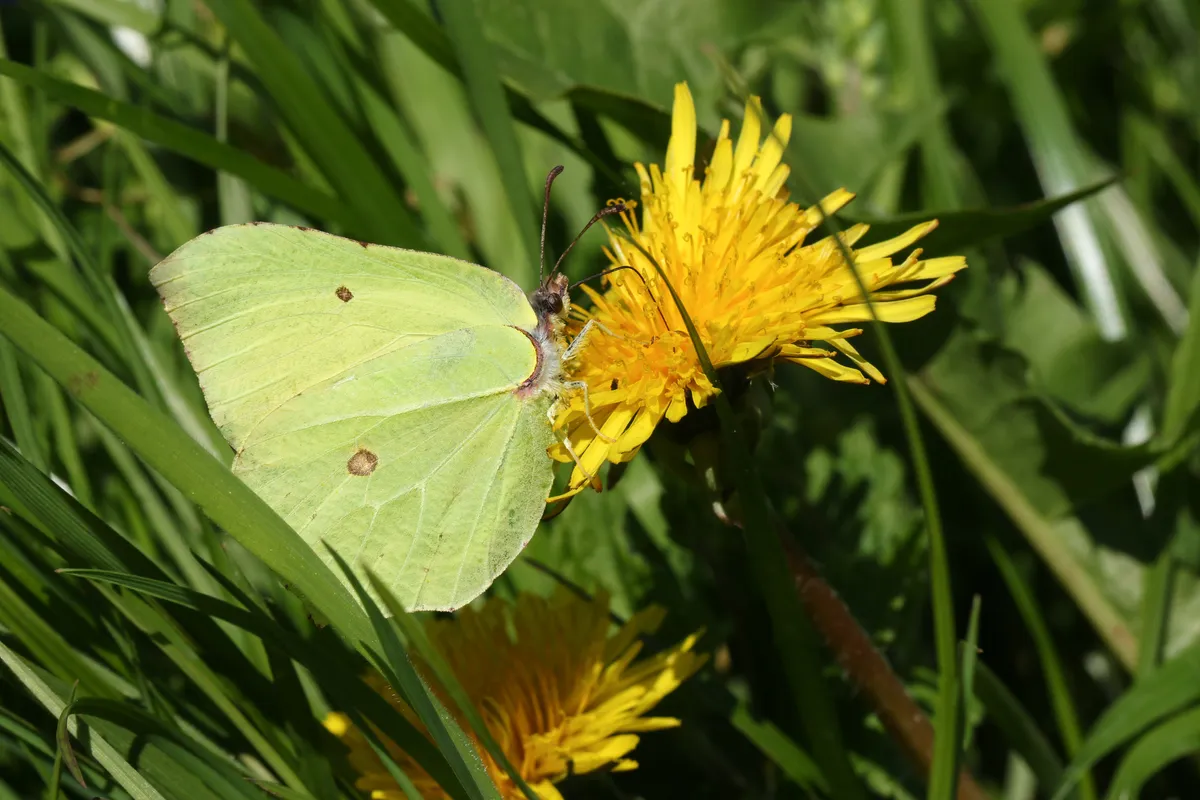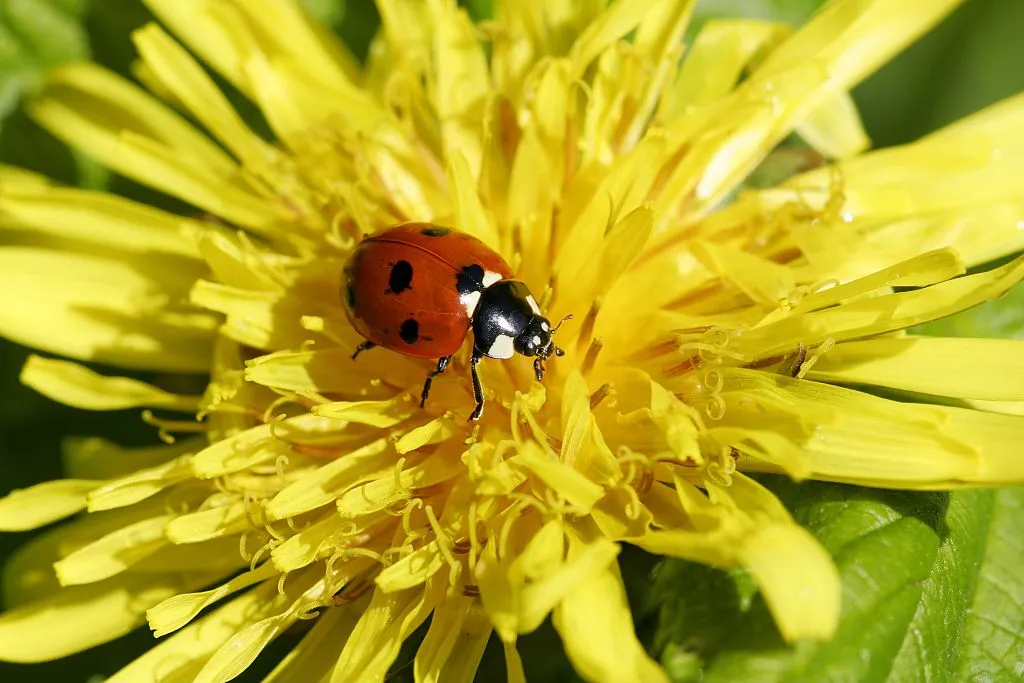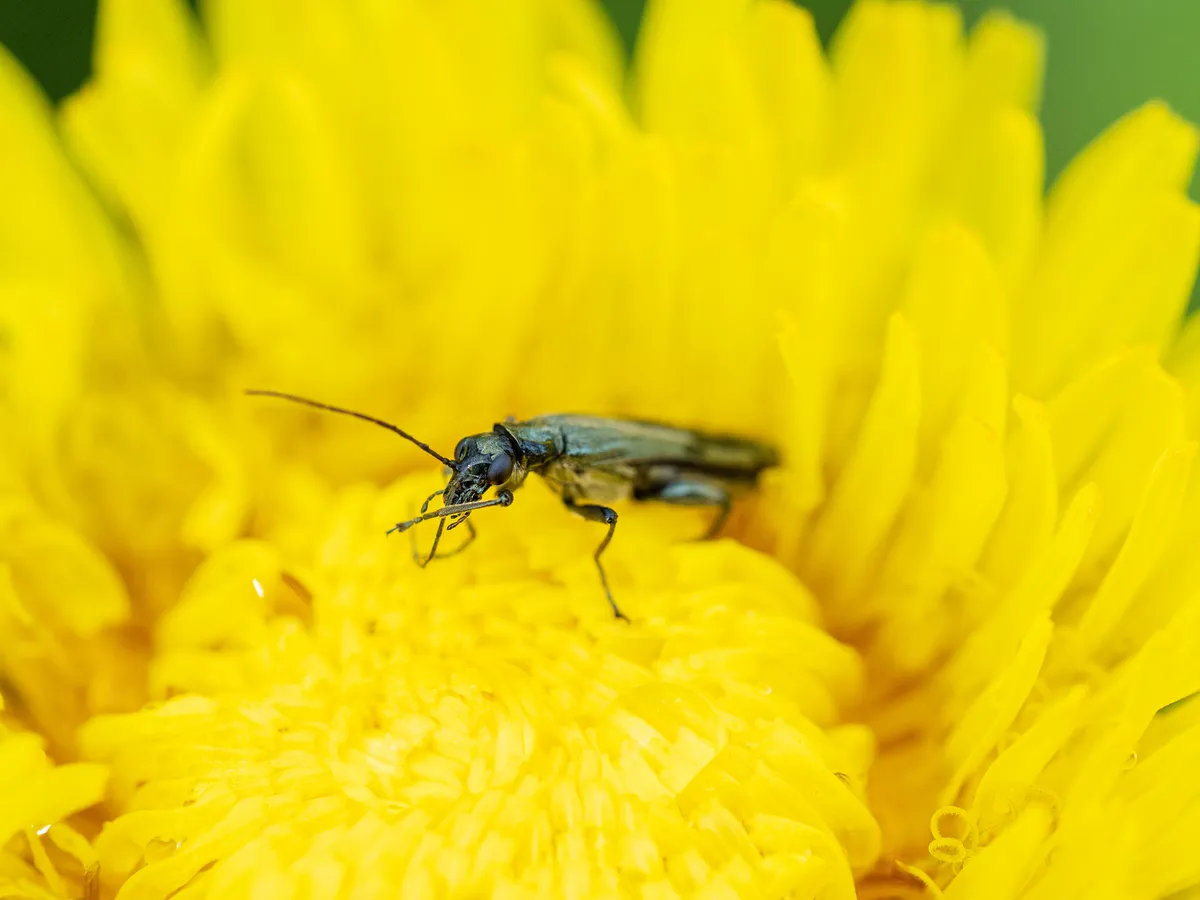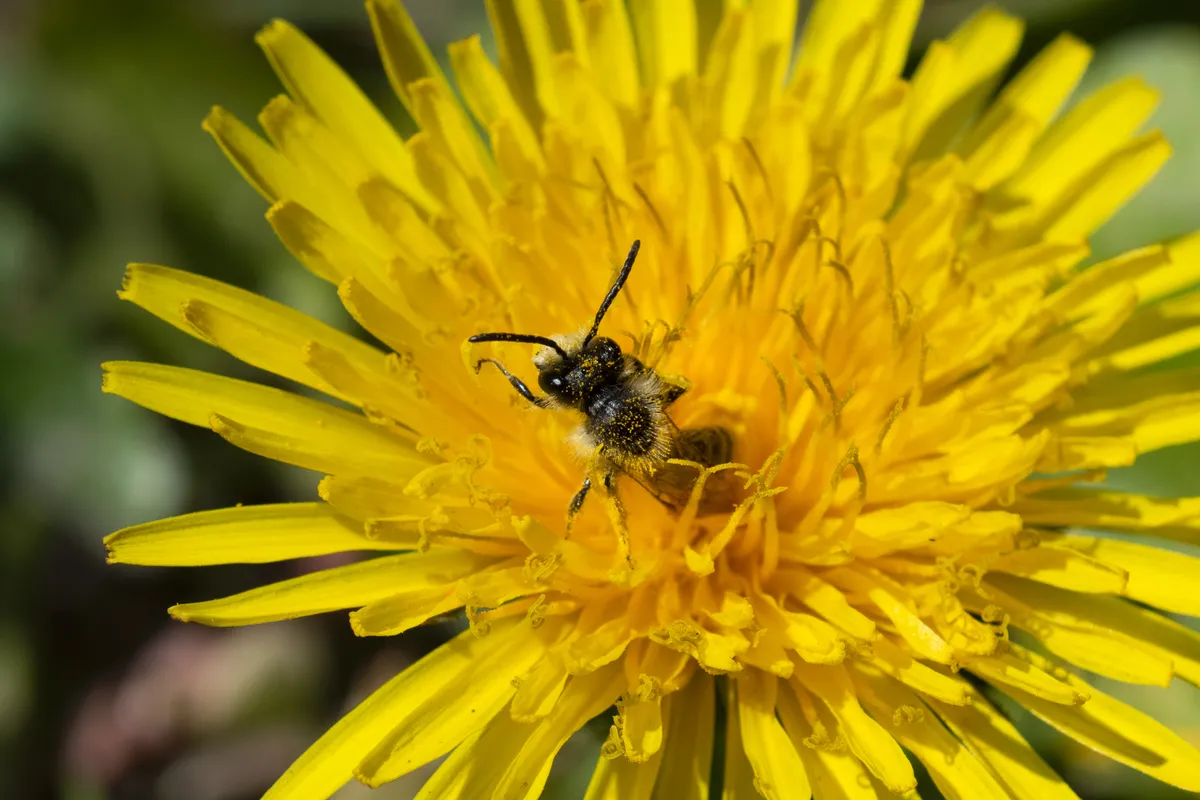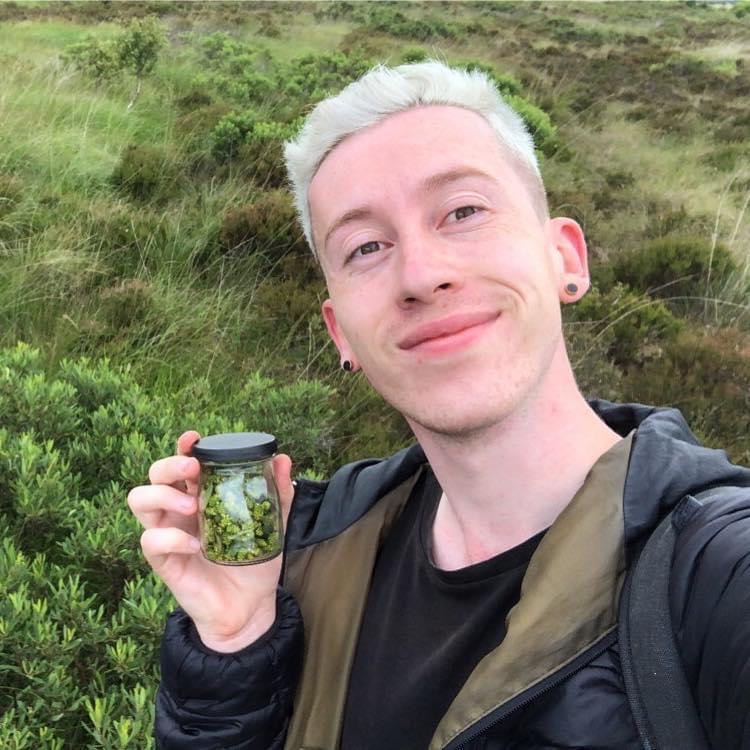What are dandelions?
Dandelions are the group of flowers belonging to the genus called Taraxacum, which are native to Eurasia and North America.
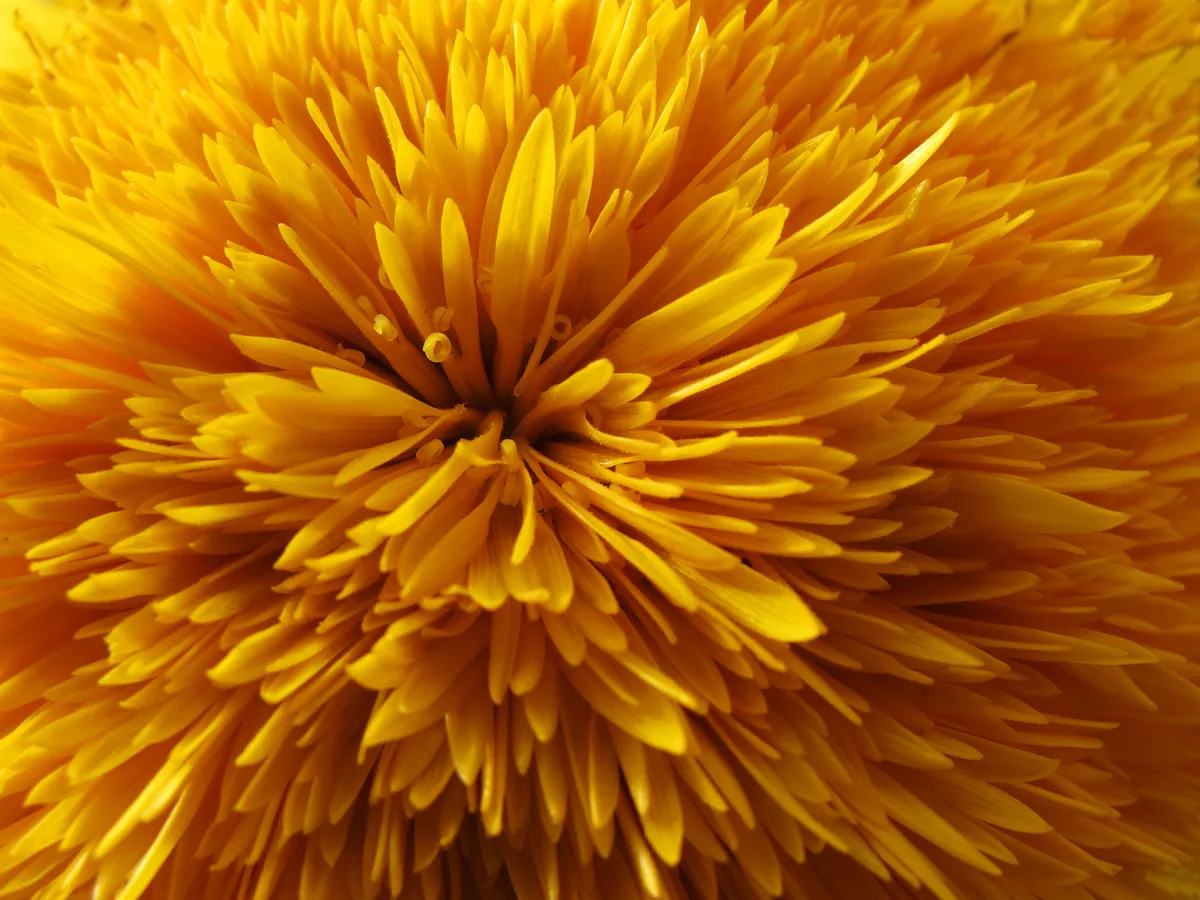
Although a dandelion flower head looks like one large flower, it is actually composed of lots of small flowers (called florets) to create a composite flower head.
Flowers are usually yellow, but as explained further down this page, the colour can vary between different species.
Are dandelions good for pollinators?
Yes! Dandelions are an excellent source of nectar for a wide variety of pollinating insects, including bees (including honeybees, bumblebees and solitary bees), flies, beetles (including ladybirds) and butterflies. Because dandelions can flower so early in the year, they are a vital source of nectar for any early-emerging pollinators whilst other flowers are still developing.
The leaves are also a caterpillar foodplant for a variety of moth species, including the orange swift, large yellow underwing, giant leopard and riband wave.
Author, naturalist and presenter Nick Baker discusses why dandelions and other ‘weeds’ are important for wildlife. He says, “Do you want to do your bit to help reverse the decline in pollinators, such as bees? Then be less hasty with your lawnmower in the spring. Abstaining with the blades allows a bounty of blooms for early-season pollinators.”
How to identify dandelions
One of the key identifying features for a dandelion is the yellow composite flower head – but there are some other plants such as hawkweeds which can look similar and cause confusion.
With such variety in dandelion flowers and leaves, it can take expertise to identify a dandelion to exact species level.
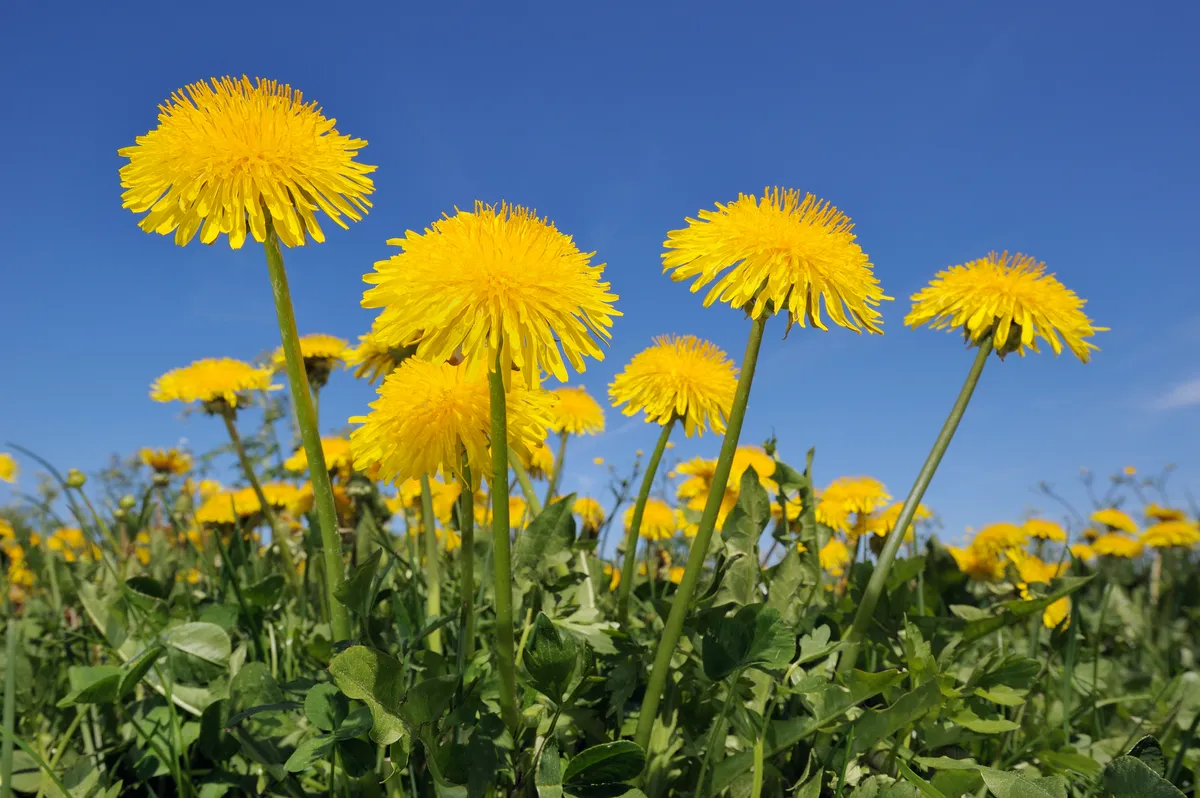
The most well-known species is the common dandelion (Taraxacum officinale), which is native to Europe and has been introduced to North America. It typically grows between 5-40 cm in height (though taller plants are known), with leaves that measure between 5-45cm in length and 1-20 in width and are usually lobed and toothed.
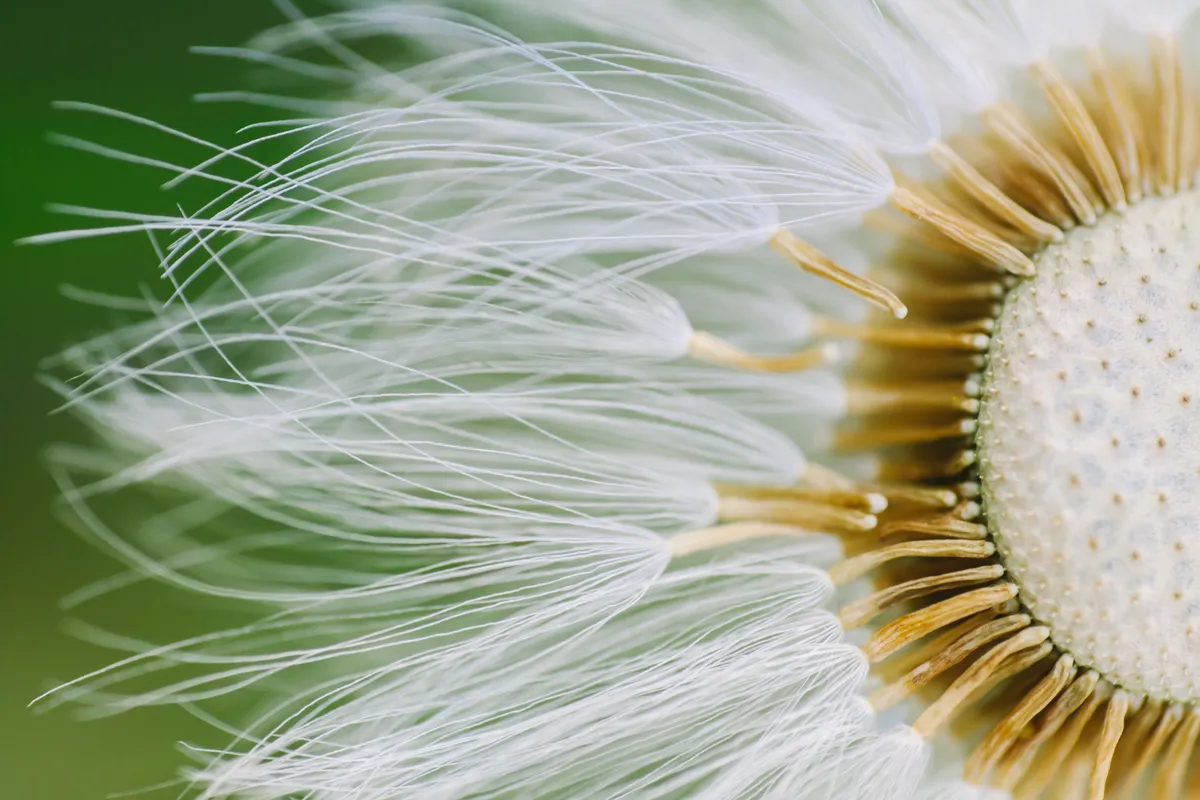
After flowering, dandelions create a spherical seed head (commonly known as clocks in both the UK and America). Each fruit (containing the seeds) is attached to a pappus, which has fine feather-like filaments that aid in dispersal.
We often think of plants as inanimate, lifeless objects in the landscape, when that couldn’t be further from the truth! Plants are vibrant, living, breathing creatures forever finding ways to get the edge on their competition and avoid predation. One way dandelions do this is in the way they’ve evolved to develop their seeds.
To attract pollinators, dandelions throw their flowers high in the spring to attract as many pollinating insects as possible, but when flowering is finished and seeds begin to develop inside the old flowering head, this presents a problem.
Developing dandelion seeds are a favourite spring foodstuff for lots of birds, especially finches which pry open flowering heads to feast on all of the developing baby dandelions.
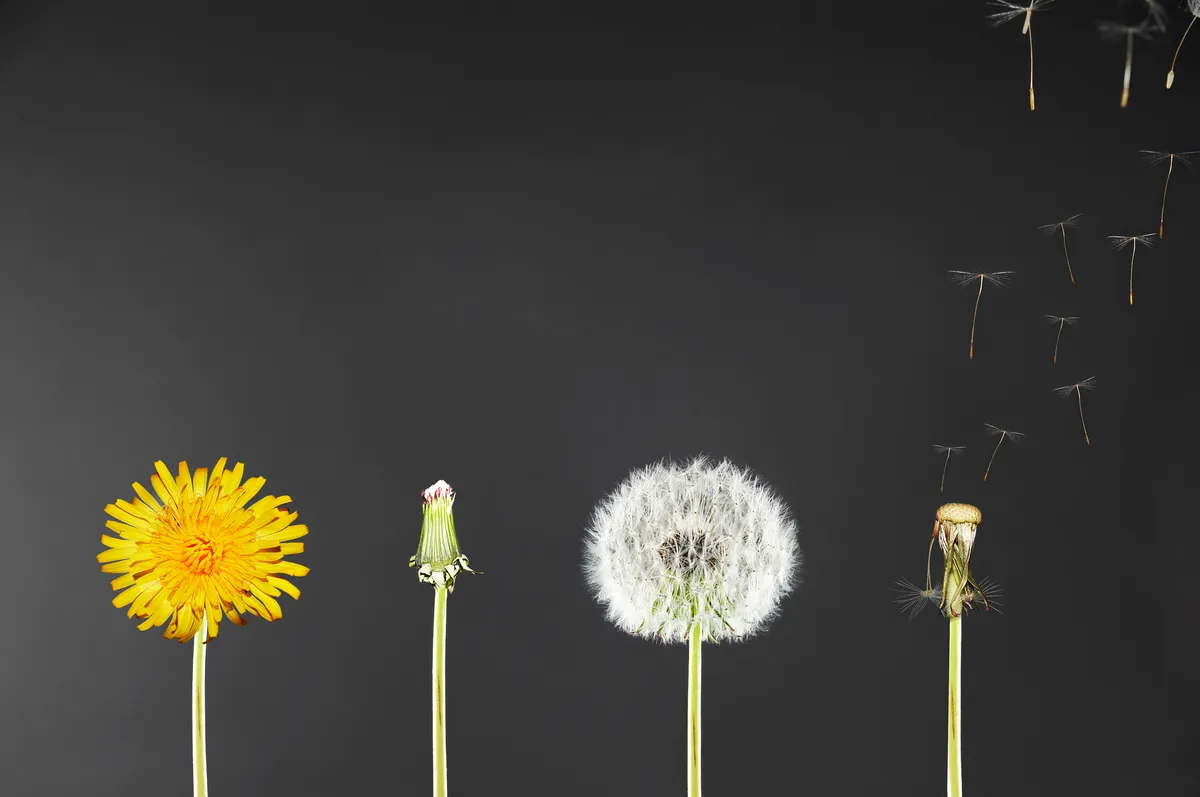
To try and avoid voracious predators, once flowering finishes, flowering stems go limp and hug the ground to keep developing seeds out of sight.
Once seeds become ripe, they quickly throw up their stems again and expose ripe seeds to the next gust of wind that comes along. Isn’t nature incredible?
Why are there so many species of dandelion?
We’re all familiar with dandelions, but did you know that here in Britain we have around 250 different species? From tiny ones scarcely bigger than a 50p piece to some that are spottier than a jaguar. But why and how do we have so many species?
The answer is a peculiar process known as ‘apomixis’, through which plants are able to reproduce by seeds without the need for pollination – a form of asexual reproduction. These seeds produced an exact clone copy of the parent. But how does apomixis mean we have so many different dandelions?
It all started millenia ago where the fertile ancestors of our dandelions in southern Europe interbred to create flowers that were fully apomictic. These hybrids then spread out over northern Europe to occupy all manner of different habitats where they may still be found today.
And because these peculiar hybrid plants were fixed, plant taxonomists have described each of these different dandelions as microspecies.
How far can dandelion seeds travel?
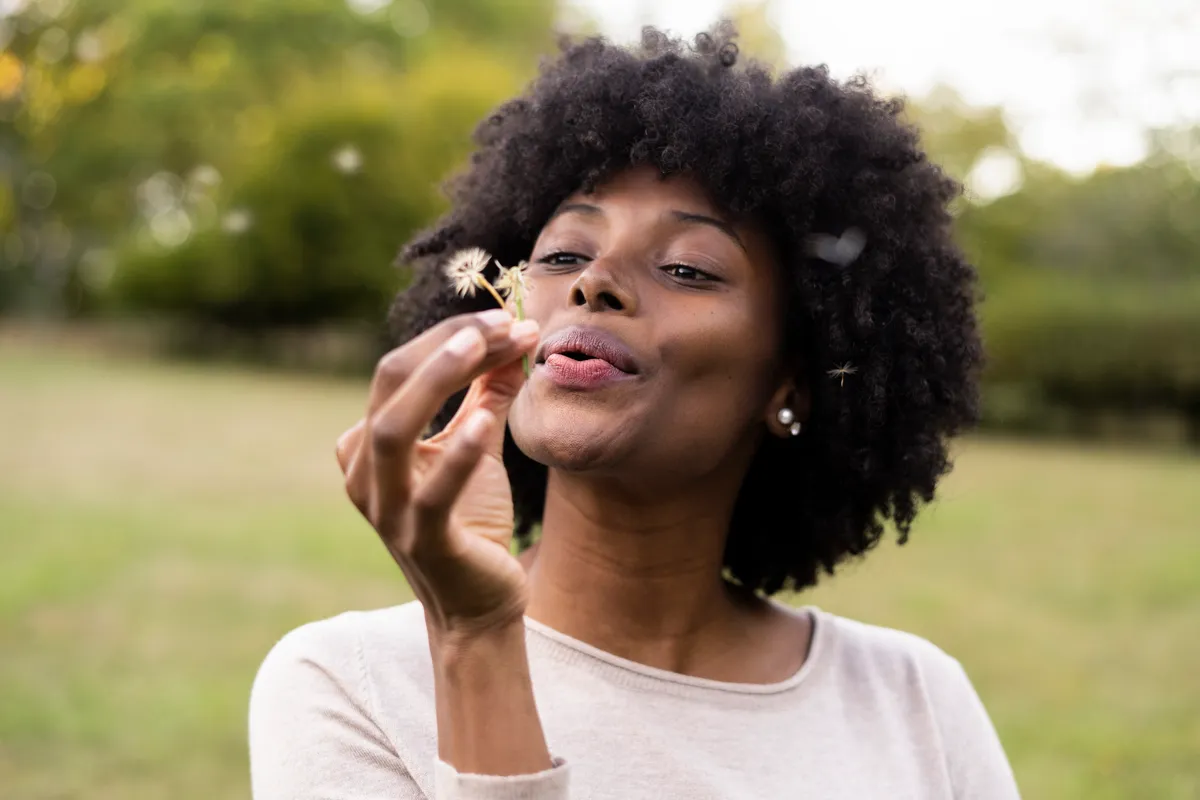
Dandelions are a group of plants with one fantabulous wee adaptation, and that adaptation can be found in their seeds! Over eons, the ancestors of our dandelions evolved aerodynamic, furry umbrellas attached to their seeds which means that they’re able to disperse themselves over immense distances and pop up where conditions are favourable. One study found that dandelion seeds are able to travel as far as 100 kilometres!
Why are dandelions named after lions?
Dandelions are named from the French ‘dent de lion’, meaning ‘tooth of the lion’. You may think dandelions were so named for being such ferocious and fearsome creatures, but you might be surprised to hear that isn’t the case. Their name originates from their serrated leaves which give the appearance of sharp, feline teeth.
Are dandelion flowers always yellow?
Contrary to popular belief, dandelions aren’t always yellow! In Britain, we have species like the sharp-toothed dandelion (Taraxacum argutum) which have vibrant orange flowers.
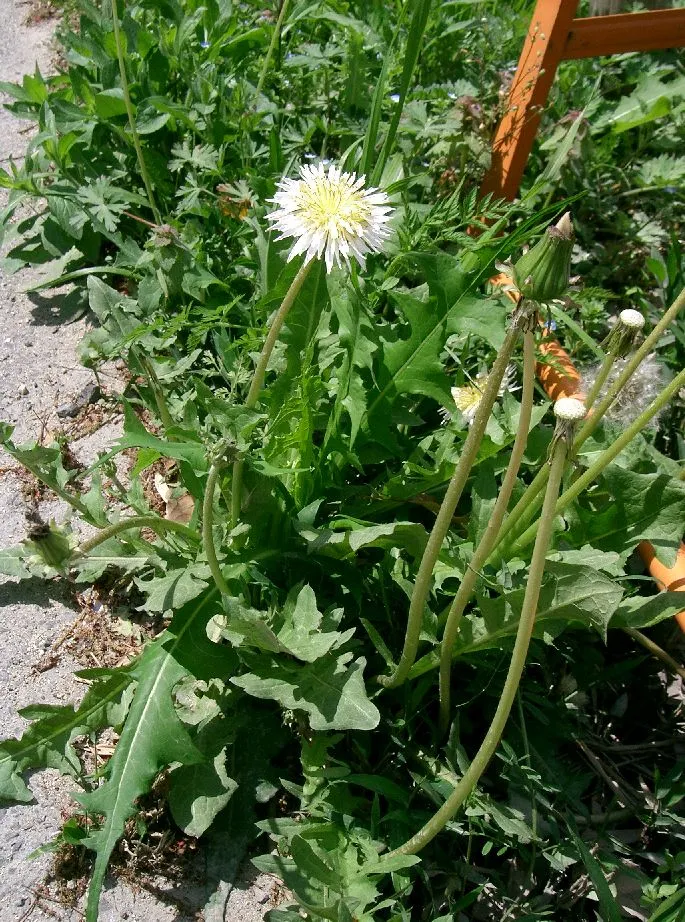
Some, like the white dandelion (T. albidum) have white flowers, while others like the fleshy dandelion (T. carneocoloratum) in North American produce peachy-purple flowers.
And it’s not just flowers which are different between species! Dandelions are enormously variable, from their preferred habitats, to size, to leaf shape and form.
Can you really make tyres from dandelions?
You can indeed. The Kazakh dandelion, Taraxacum kok-saghyz, a rare species from Kazakhstan and Uzbekistan, produces a high-quality latex in its roots. This has been harvested and manufactured into winter car tyres, which are currently going through road tests in Germany.
Rubber from dandelions is remarkably similar to that sourced from Hevea rubber trees, mostly grown in South-East Asia, and would be a far more sustainable option. Dandelions can be cultivated on existing farmland (so no rainforest needs to be felled), and may be a viable candidate for marginal or contaminated land.
They can be grown hydroponically (without soil) and aeroponically (suspended from the air), so could be grown on indoor vertical farms, which have a lower physical footprint than field crops (though field production would equally provide a valuable pollen and nectar source for bees). Systems are also being designed that allow the rubber-filled roots to be harvested from the same plant several times a year.
Research is now underway to determine whether Kazakh dandelions could become a new commercial rubber source. Field yields are currently too low for farming to be a viable option in developed countries – the plants need to be more vigorous and productive, and better weed control is required.
When all of this is achieved, dandelion rubber could initially supplement, and eventually replace, the Hevea rubber supply.
This Q&A was answered by Katrina Cornish.
Are dandelions edible?
Dandelions are one of the most versatile plants that can be foraged – the roots, leaves and flowers can all be used in different ways.
Head over to the foraging hub for more information on foraging and plenty of recipe ideas, including how to make nettle soup, rosehip syrup and hazelnut butter.
Are dandelions diuretic?
If you’ve ever struggled to wee, you might know just how useful diuretics can be. For those who don’t know, a diuretic is a substance that increases the passing of urine. Eating any part of a dandelion has a rather well-known diuretic effect, with dandelions often referred to as ‘pissenlit’ in France, a testament to their diuretic effect.
The reason that dandelions have such an effect is thought to be down to a high concentration of potassium contained within dandelion tissues which, when eaten can stimulate urination!
Dandelion recipe ideas
Dandelion syrup

Chris Naylor shares his recipe for making dandelion syrup, also known as dandelion honey.
Dandelion scones
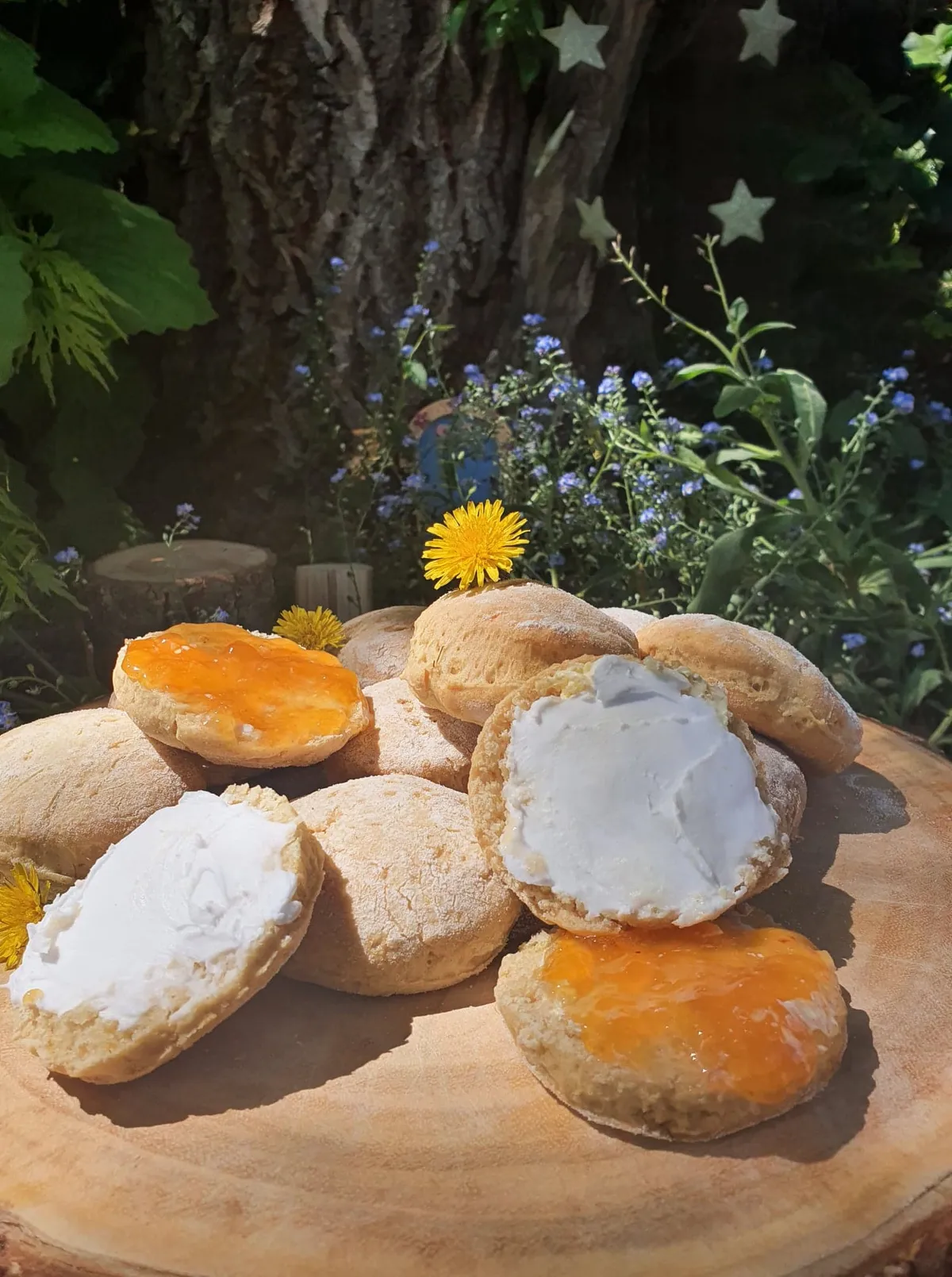
Plan a great afternoon foraging with the kids and baking. The reward: tucking into these petite scones. Little hands will love them.
Pink dandelion wine
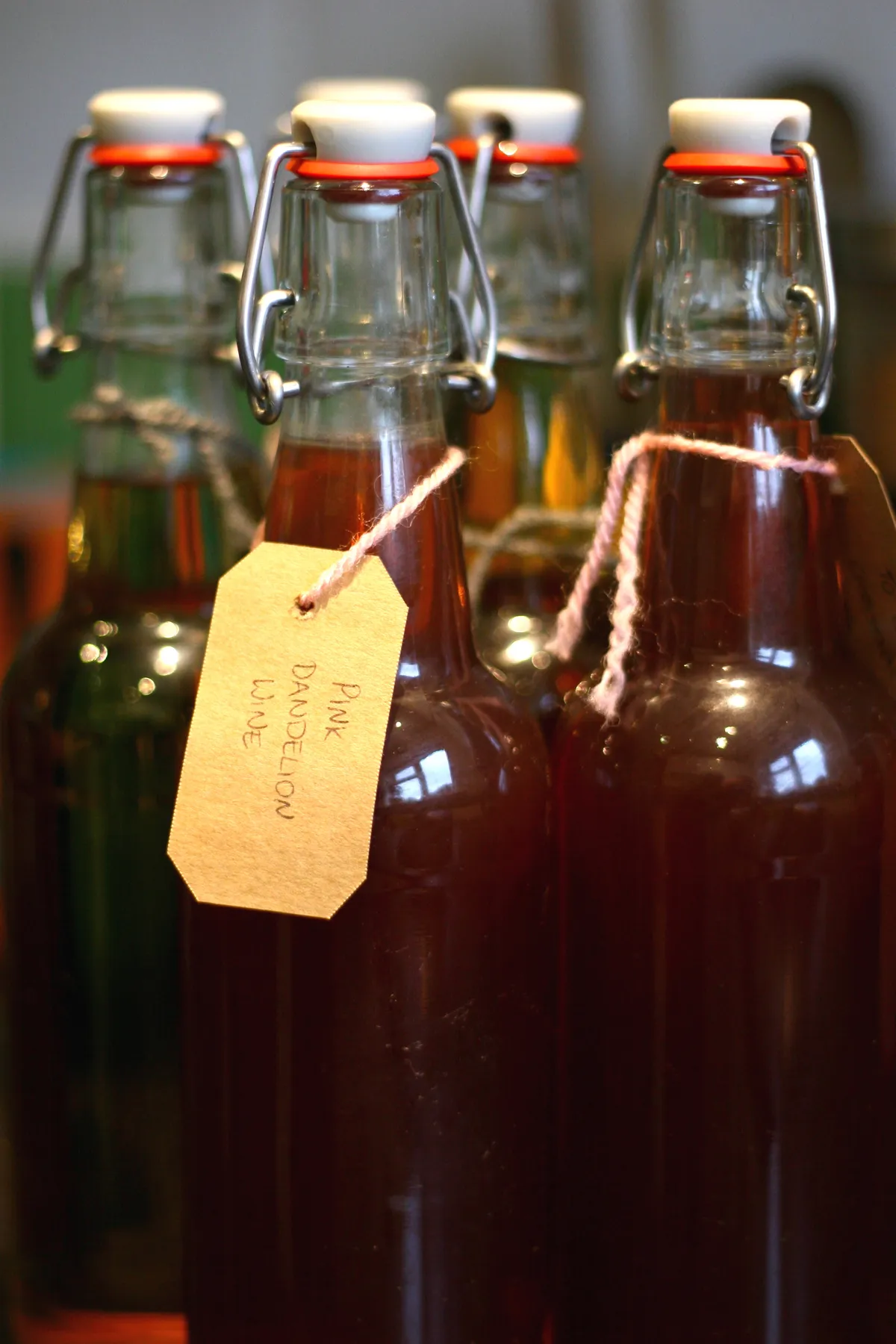
Combine dandelions and raspberries to create a refreshing wine. Writer and naturalist Tiffany Francis shares her recipe.
Dandelion flower and rum cake
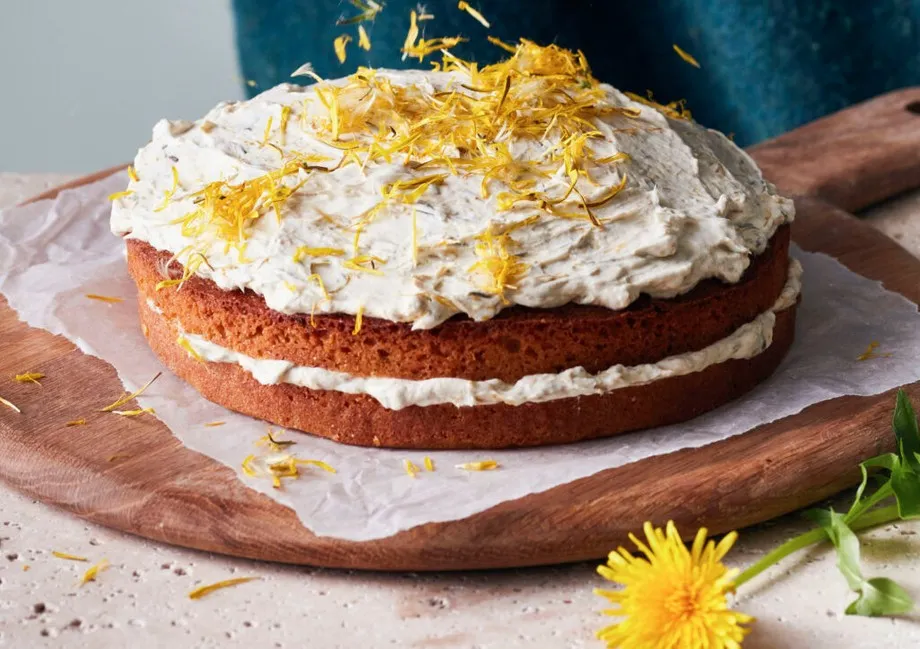
Learn how to make Rachel Lambert's aromatic sponge cake flavoured with foraged dandelion flowers and rum. Recipe opens on the BBC Countryfile Magazine website.
Dandelion root coffee

The most versatile part of the dandelion is surely the root. It is used in beers and cordials, often alongside that of burdock, while if dry-roasted and ground it offers a surprisingly tasty alternative to coffee. This drink may be caffeine-free but might still wake you up at night as the dandelion often has a diuretic effect. Recipe opens on the BBC Countryfile Magazine website.
Wild garlic, nettle and dandelion tart
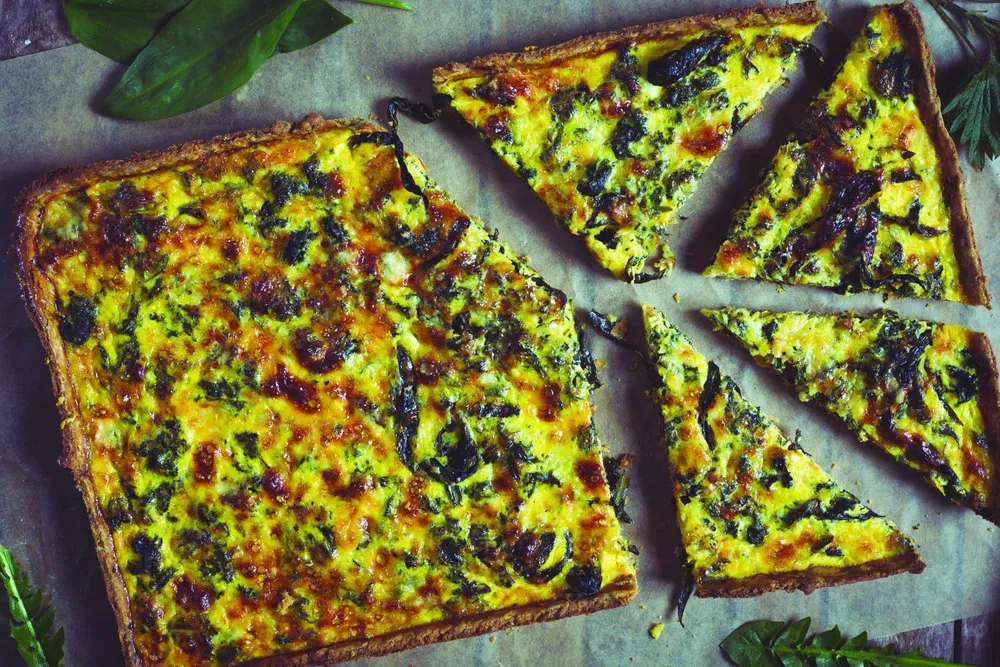
This springtime tart – brought to you by Kathy Bishop and Tom Crowford from their Somerset smallholding – is made from foraged ingredients, including wild garlic, nettle and dandelion Recipe opens on the BBC Countryfile Magazine website.
Main image: Dandelion flowers. © Javier Fernández Sánchez/Getty
